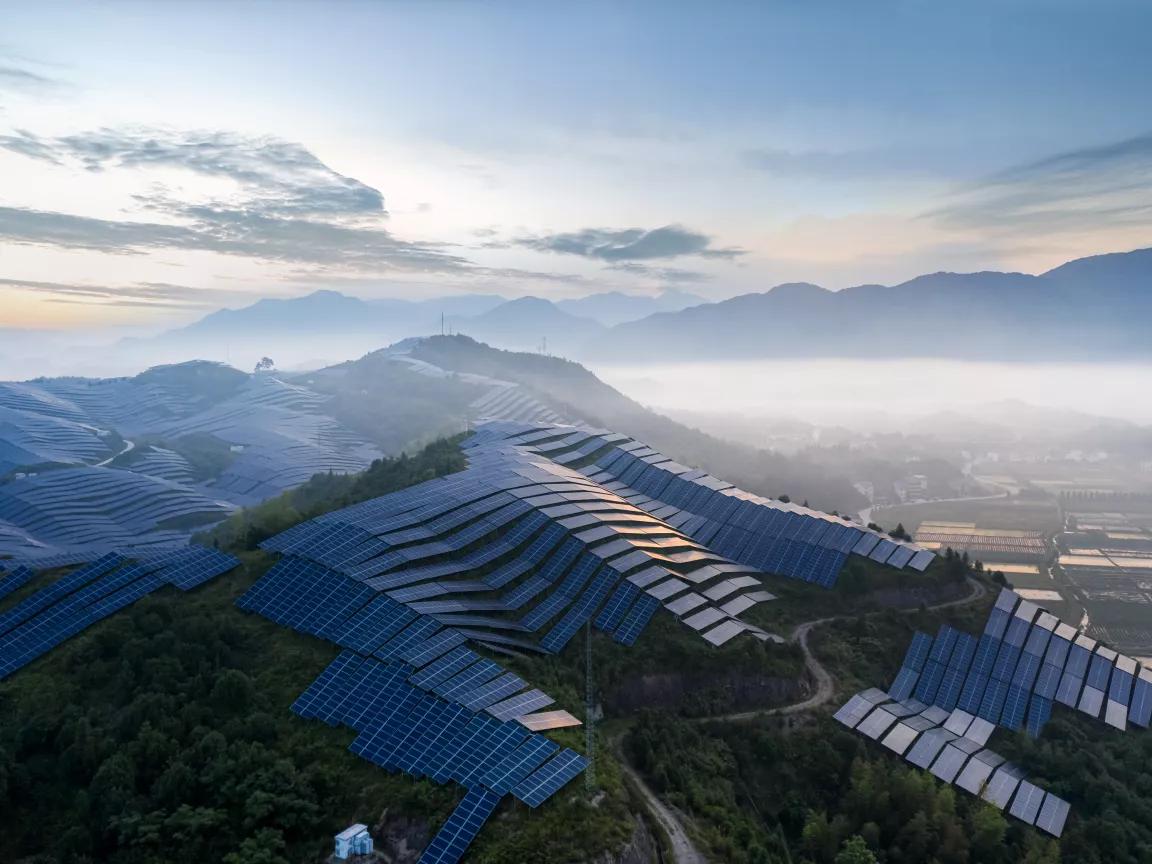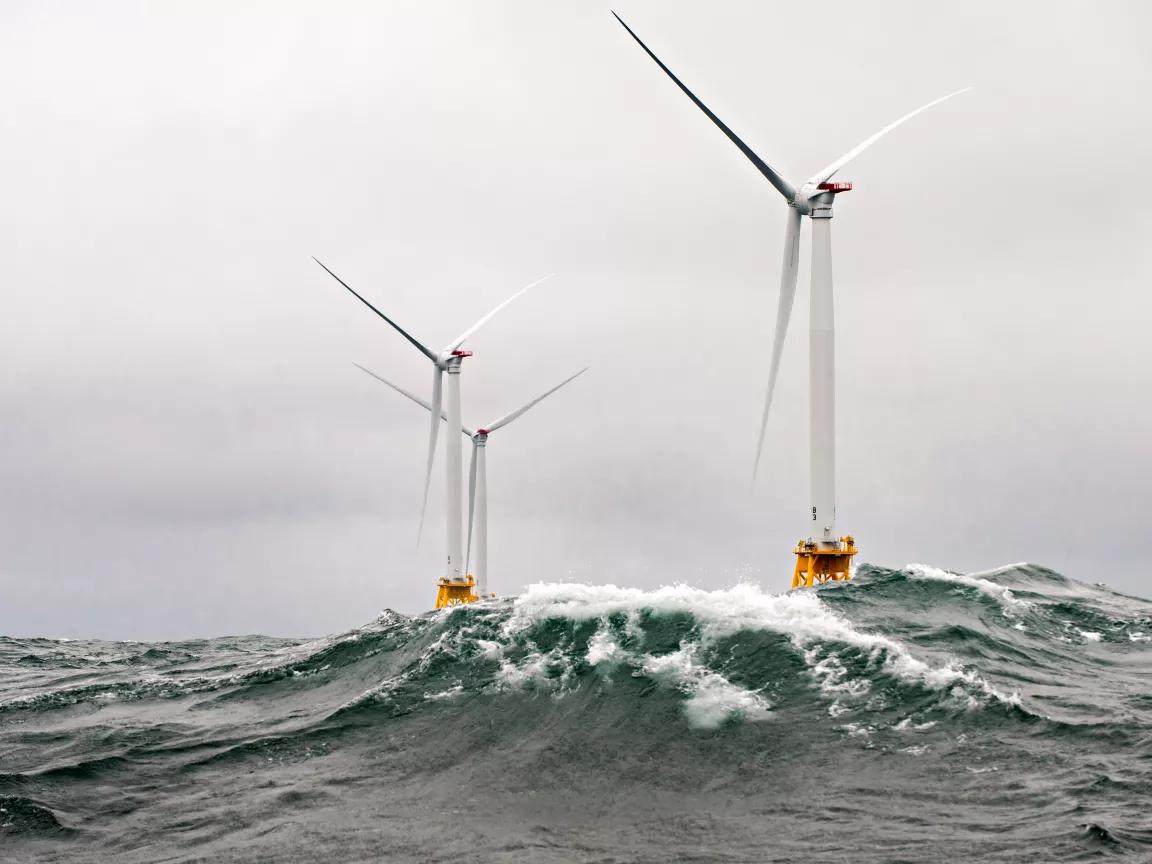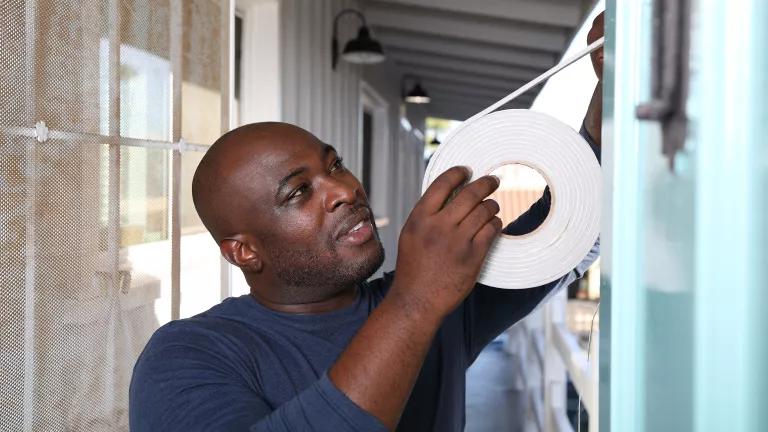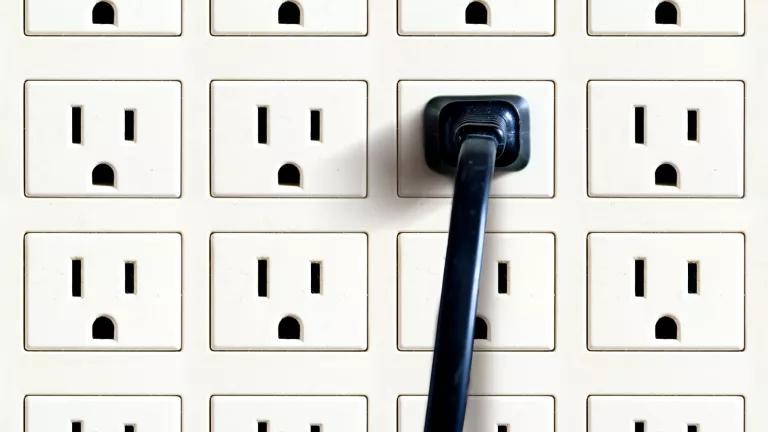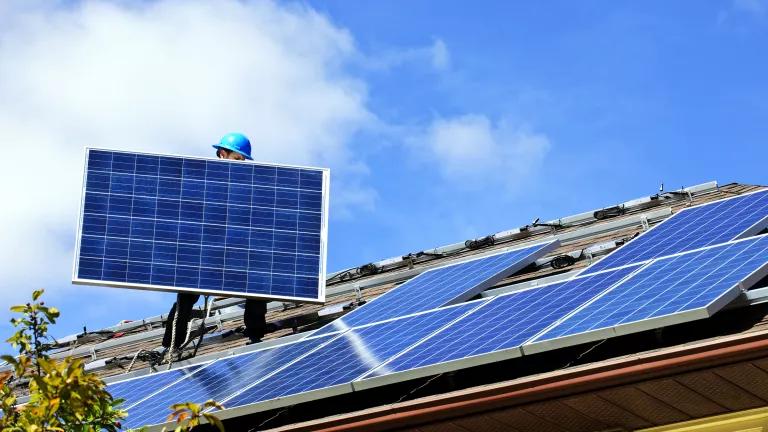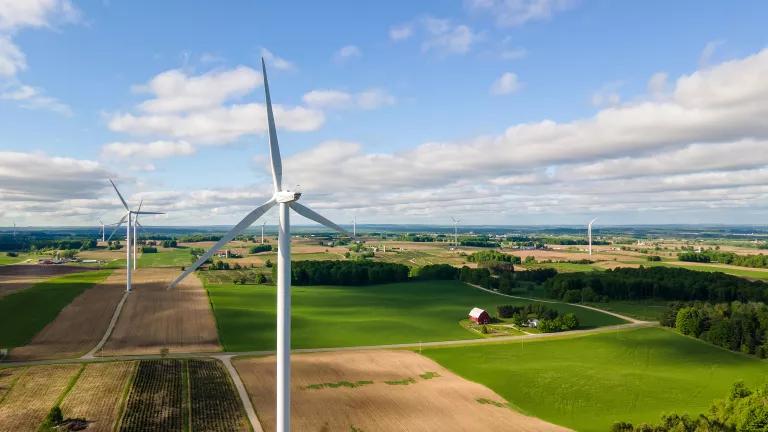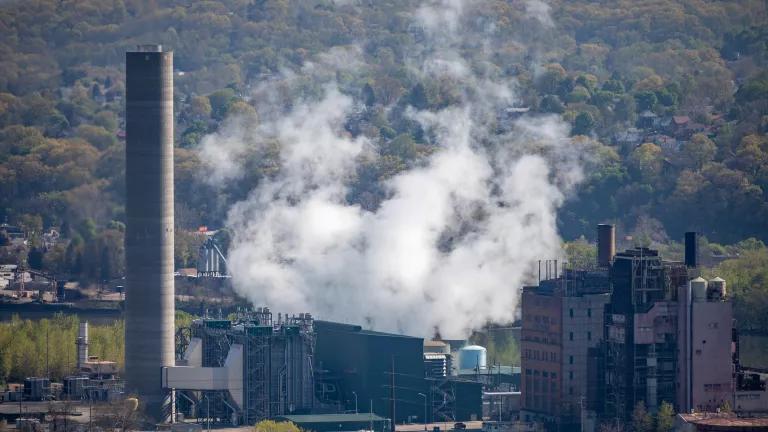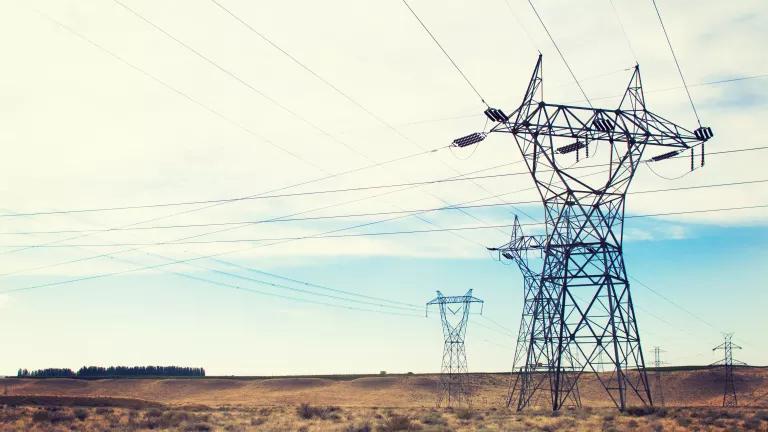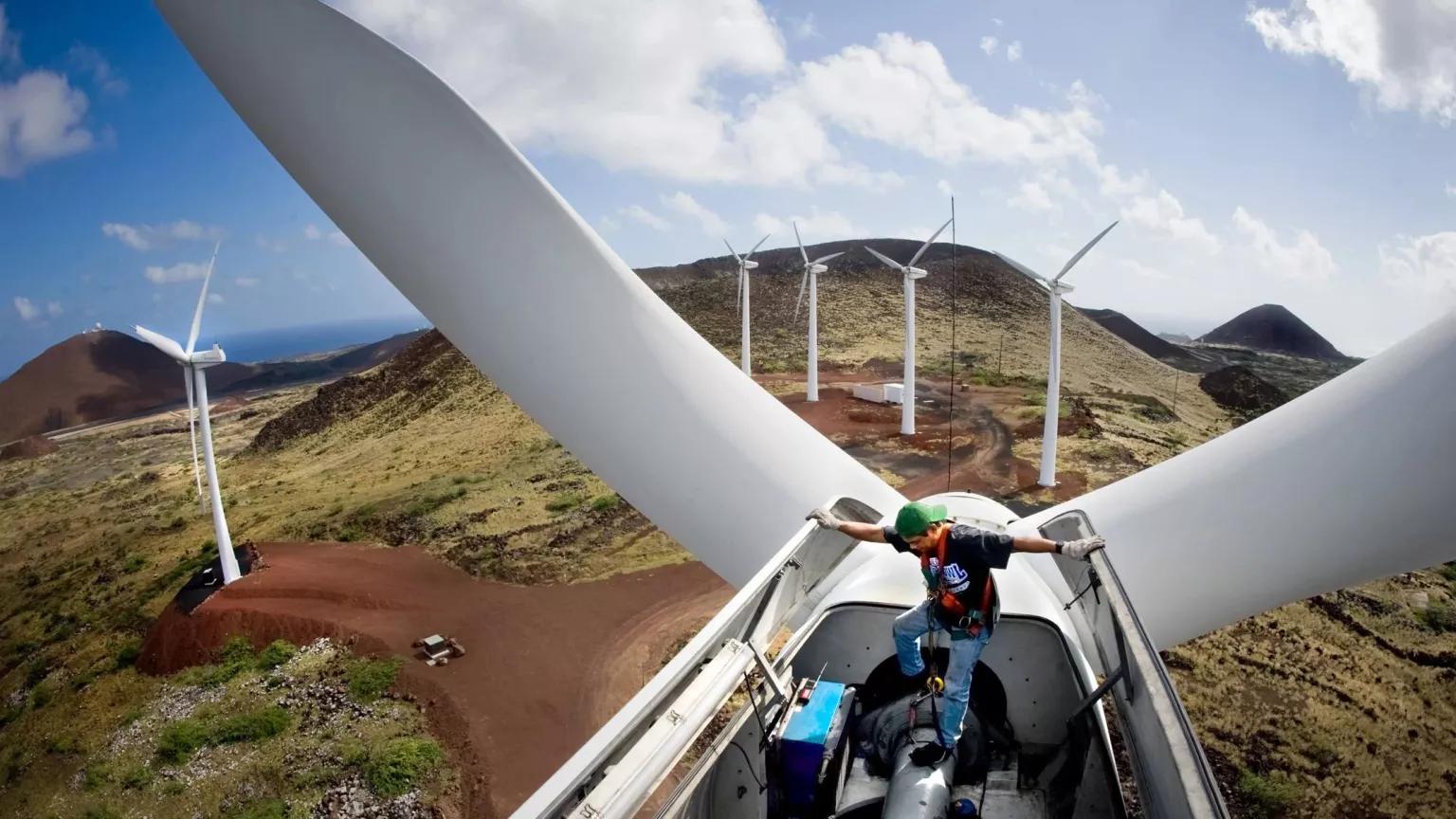
Lance Cheung/U.S. Air Force
Renewable Energy
Overview
The science is clear: We must cut carbon pollution and other greenhouse gas emissions by at least half—in this decade—to avert a climate catastrophe. With this imperative in mind, we must remain laser-focused on a rapid transition to 100 percent clean energy in the United States by 2035, and similarly ambitious goals in other climate-critical countries. The solutions are already there: Renewables are becoming less expensive and more reliable than fossil fuels, and energy efficiency has proven itself the most reliable, abundant, and cost-effective form of energy security. We must spur investment in these solutions at every level, and help guide the way to a world that is healthier, safer, and more just.
Solutions
Supporting the clean energy revolution is an all-hands-on-deck affair. Here are our current priorities:
Champion clean energy for all
At the city, state, federal, and international levels, we strive to ensure that no communities are left behind in the clean energy transition. We work to halt new gas plants, prevent gas exports, and accelerate coal plant retirements. We help design and advocate for energy efficiency programs within U.S. electric and gas utilities that can reach the residents in affordable housing and low-income communities, and that can help relieve the burden of high energy bills. And through forums with international stakeholders, we’ve continued to advocate for the expansion of clean energy initiatives in India and China. From village-level, locally generated solar projects to large-scale offshore wind projects, these initiatives are fundamental to inclusive and durable growth in developing nations.
Reward U.S. customers for shifting or altering energy consumption
Because of the way that U.S. utilities are regulated in many parts of the country, they make more money simply by selling more energy. We must continue to force change by building new regulatory frameworks that incentivize consumers to use less energy while also rewarding utilities for improving the services they provide. Efforts that, for instance, broaden access to energy efficiency upgrades, or speed up work to connect rooftop solar panels to the grid, or advance research and development of new technologies are winning solutions for people, businesses, and the climate.
Did You Know?
Utility-scale wind and solar energy are now less expensive than energy from gas or coal. Over the last decade, the costs of energy from wind and solar power dropped 70 percent and 89 percent, respectively. And that energy efficiency saves consumers money, creates high-quality jobs, spurs investment in new technologies, boosts competitiveness in the global marketplace, and strengthens energy security.
Integrate renewables into power grids
Power grids must be able to support the clean energy future. To get there, we participate in regional and national transmission planning, siting, and grid interconnection policy discussions, and advocate for the advancement of grid technologies (such as those which transform the grid to better distribute the energy that rooftop solar customers are generating), as well as new or upgraded transmission corridors, plus solutions like battery storage. We also work to ensure that offshore wind can grow in tandem with a transmission system to distribute this clean power along our coasts.
Strengthen and defend U.S. emissions regulations
Through years of litigation to defend and advance Clean Air Act protections, we fight to maintain regulatory limits on power plant emissions, retain the U.S. Environmental Protection Agency’s authority to act on climate, and improve air quality for all communities, especially those most impacted by pollution. In addition, we push for crosscutting climate mandates—such as the Regional Greenhouse Gas Initiative, a market-based program to cut carbon pollution from power plants in the Northeast and Mid-Atlantic—and help decision makers enact them at the state level.
Create state mandates for clean power
Ambitious state-level climate action can go a long way toward meeting the United States’ national goals. Our work starts with helping to grow local coalitions of clean energy advocates, bringing together stakeholders from businesses and organized labor groups to consumer advocates and faith-based organizations, and uniting with environmental justice communities to demand cleaner air and green job opportunities. Together, we design and push for policies that phase out fossil fuels from the power sector, hold utilities accountable for reform, increase renewable energy generation, expand support for energy efficiency, and create good-paying clean energy jobs for all.
Expand U.S. federal tax incentives to boost the renewable economy
To accelerate clean energy growth, we champion flexible and accessible incentives to support all types of developers (small and large, for-profit and not-for-profit) who will usher in and sustain the build-out of renewables. Though production tax credits are the largest and most important tool, the government should also use loans and grants to incentivize research, innovation, and procurement, which are all critical to driving clean energy deployment and reducing the cost of renewables—and are job-creating engines in themselves. Bonus tax incentives for developers who invest in low-income communities and areas affected by closures of dirty power plants will be particularly key to the just transition we support.
Responsibly build out offshore wind energy
We are advocating for this key component of the U.S. clean energy economy, while also working to help ensure that all domestic offshore wind projects are sited, developed, operated, and decommissioned in a way that respects valuable marine resources and provides a strong foundation for the sector’s future. We’ve laid out several recommendations to help responsibly identify and lease wind energy areas, and we are providing scientific guidance to help agencies like the National Oceanic and Atmospheric Administration and the Bureau of Ocean Energy Management appropriately monitor and mitigate disturbances to marine life during the development of these projects. We are also helping to promote offshore wind in India by working with the Organisation for Economic Co-operation and Development and the government to identify needed financial support for the nascent sector.
“Countries and financial institutions can help deliver a climate-safe future by ending financing of fossil fuels and shifting scarce resources toward renewable energy. They need to do that right now to make sure that this decisive decade delivers.”
Shruti Shukla, international energy advocate, International Program
Progress
- As part of comprehensive Heat Action Plans to cope with increasingly scorching conditions, the Indian cities of Ahmedabad and Hyderabad have made energy-efficient and climate-friendly cool roofs mandatory for all municipal, commercial, and government buildings and prioritized them for low-income housing. Cool roofs are made from simple materials (such as solar-reflective paint) and can help keep a home’s temperature lower by some seven to nine degrees Fahrenheit during the summer.
- At a 2021 United Nations General Assembly meeting, President Xi Jinping announced that “China will step up support for other developing countries in developing green and low-carbon energy, and will not build new coal-fired power projects abroad.”
- Illinois is implementing its newly passed Climate and Equitable Jobs Act (CEJA), one of the most comprehensive pieces of climate legislation in the country’s history and a blueprint for other states to follow. CEJA puts a focus on workers and equity and mandates carbon-free power by 2045, making it the first state in the Midwest to completely phase out fossil fuels and one of only eight states to do so nationwide. It will grow renewable energy generation more than fivefold while closing all remaining coal plants, including Prairie State Energy Campus, one of the nation’s top polluters.
- In 2022, the U.S. Bureau of Ocean Energy Management concluded a successful, first-ever sale for offshore wind energy leases in federal waters on the west coast. Meanwhile, states along the eastern coast have collectively announced offshore wind targets of more than 37 gigawatts (GW) by 2035 and the Biden administration is also accelerating the development of this clean energy source with the intention of deploying 30 GW of offshore wind by 2030—supporting approximately 77,000 jobs in industry and surrounding communities, generating electricity to power more than 10 million American homes, and cutting 78 million metric tons of carbon dioxide emissions.
More Ways to Make an Impact
Latest News & Resources
We need climate action to be a top priority in Washington!
Tell President Biden and Congress to slash climate pollution and reduce our dependence on fossil fuels.

Urge President Biden and Congress to make equitable climate action a top priority in 2024
View All Issues
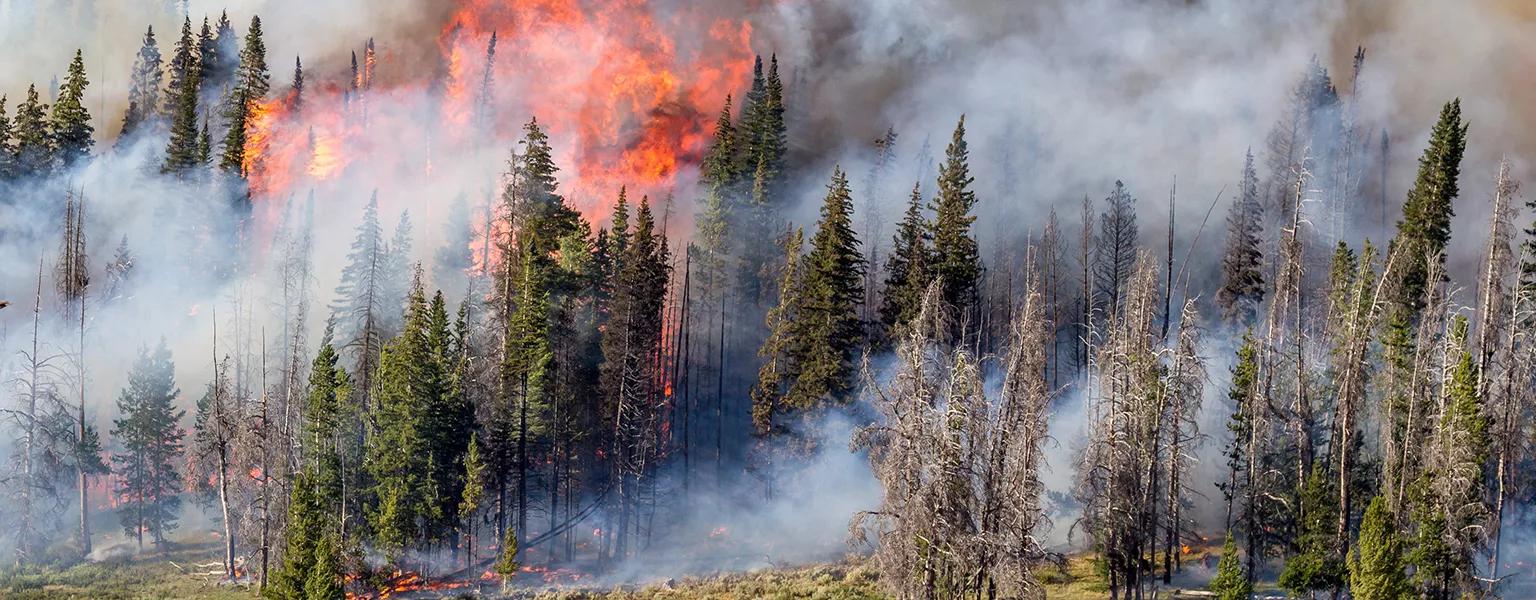
Climate Change

Equity & Justice

Human Health


